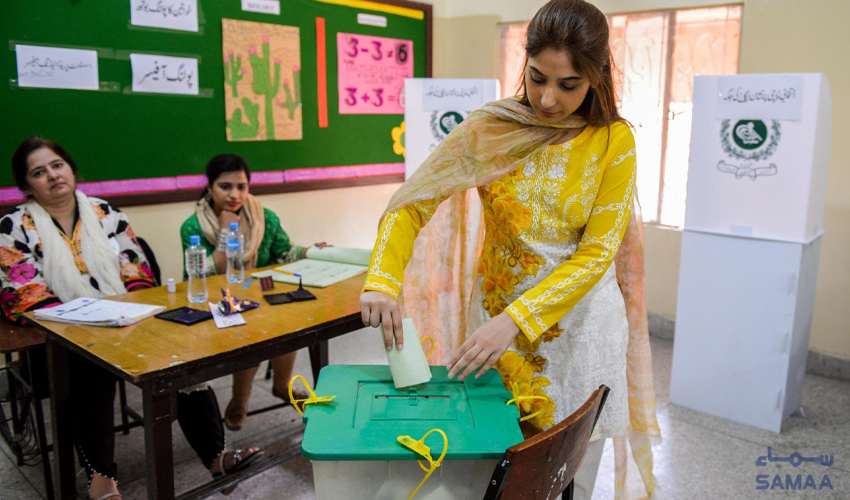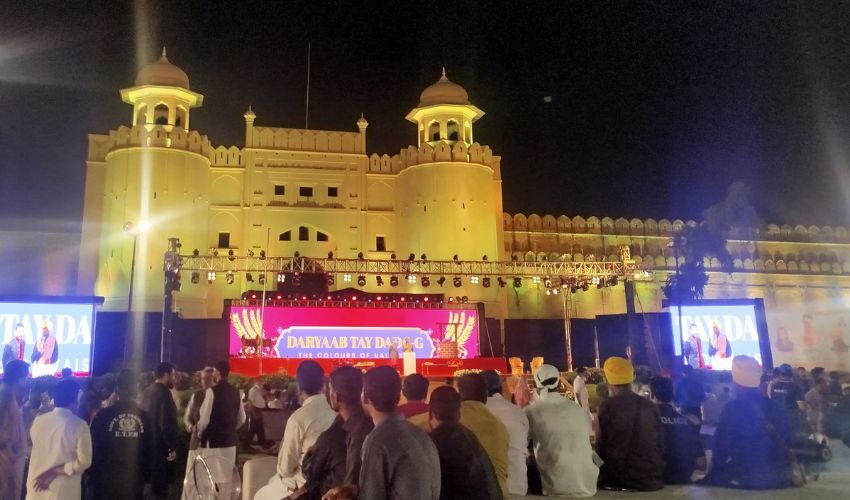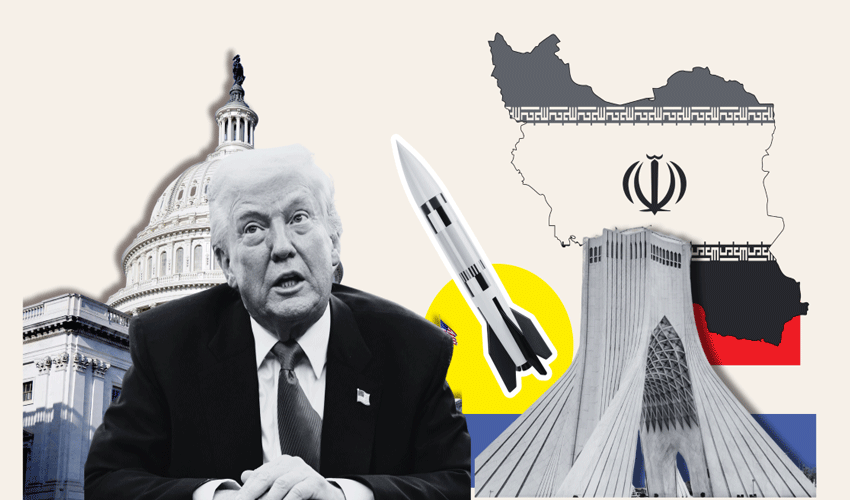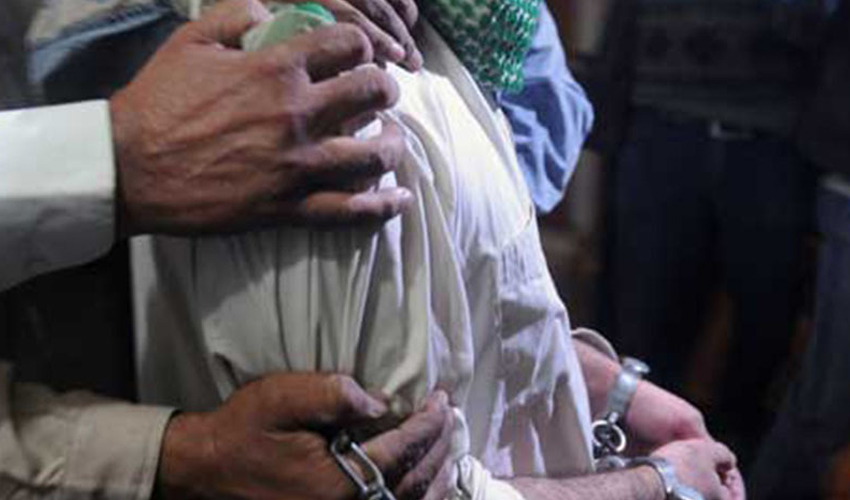Pakistan is heading towards general Elections 2024 as elections campaign time will culminate today at 12 midnight silencing the pomp and show by the political parties in a bid to woo the voters to reach the upcoming national and provincial assemblies.
The much-delayed elections were supposed to be held in November 2022 after the culmination of the term of the National Assembly on August 12 but the matter was taken to the apex court wherein the ECP submitted the report of conducting the elections on February 8 after consultation with the President.
As per the census data, the total number of voters increased to 128 million, as of July 25, 2023, from 106 million in 2018, an increase of 21 million over the last five years.
Voters
There are 127,415,319 registered voters out of a total population of 242,828,767 in 266 National Assembly constituencies. In Punjab, there are 73,207,896 registered voters out of 127,688,922 population in provincial seats. In Sindh, there are 26,994,769 registered voters out of 55,696,147 total population living in the constituencies of 130 Sindh Assembly seats. In Khyber Pakhtunkhwa, there are 21,928,119 registered voters out of a total population of 40,856,097 on 115 provincial seats. In Balochistan, there are 5,371,947 registered voters out of 14,894,402 population living in 51 Assembly seats.
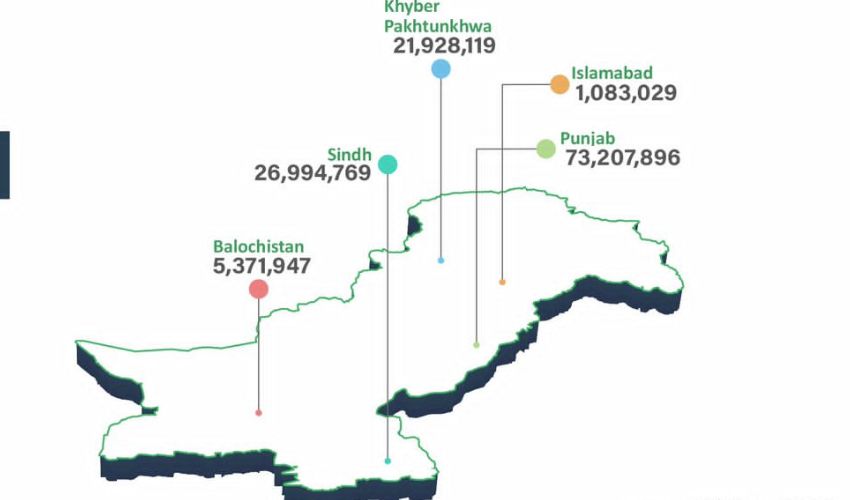
Polling stations
As per ECP, a total of 90,675 polling stations with 276,402 polling booths are set up across the country under the polling scheme for a total of 128 million voters.
In Punjab, 50,944 polling stations are established for the general elections. In Sindh 19,006 in Sindh,15,697 in Khyber Pakhtunkhwa (KP), and 5,028 in Balochistan.
Armed Forces deployment
The ECP issued a notification as to which security forces will perform their duties by the role of Armed Forces defined in Article 245 of the Constitution of Pakistan.
The law and within the confines of the mandate assigned to the Armed Forces to assist the Election Commission of Pakistan in the conduct of General Elections 2024 by deploying/providing a secure environment for easy and secure access of voters to polling stations.
Where, Police will be first-tier responders while civil armed forces/ armed forces as 2nd and 3rd tier responders.
The Armed forces are being deployed outside selected most sensitive polling stations and play their role in the security of printing presses during the printing of ballot papers.
The armed forces provided security during the transportation of ballot papers from printing presses to the office of District Returning Officers (DROs) and ensured security during the transportation of election material from offices of Returning Officers (ROs) to polling stations and back, after completion of polling and counting.
Youth voters
A question yet to be answered is whether young voters would come out and participate in creating maximum voter turnout on polling day—February 8.
The supreme electoral body published the data, according to the list, there are 23.51m voters between the ages 18 and 25 and 33.34m between the ages 26 and 35 years.
Political pundits say the mammoth number of young voters using social media could drive the electorate's mood with a conditionality of appearing on the election polling day.
As per ECP data, the number of young voters has increased to 56.86 million from 46.43 million in 2018, reflecting an increase of 10.42 million in around six years.

Province-wise data of voters
As per the ECP data, there are 128,585,760 voters including 69,263,704 (53.87%) male voters and female voters 59,322,056 (46.13%).
In Islamabad Capital Territory (ICT) there are 1,083,029 voters including 568,406 male voters (52.48%), and 524,623 female voters (47.52%).
Meanwhile, in Balochistan, there are 5,371,947 voters including 3,016,164 (56.15%) male voters and 2,355,783 (43.85%).
In Khyber Pakhtunkhwa, there are 21,98,119 voters including 11,944,397 (54.47%) male voters while 9,982,772 (45.53%) female voters.
Moreover, in Punjab, there are 73,207,896 voters including 39,122,082 (53.44%) and 34,085,814 (46.56%) female voters.
In Sindh, there are 26,994,769 voters including 14,612,655 male voters (54.13%) and 12,382,114 female voters (45.87%).
Let's break down the 2018 elections in numbers, figures and statistics:
Read More:
Pakistan’s electoral power: Road to a robust 2024 voters list
Elections 2024: Socioeconomic factors and women’s participation
Elections 2024: PML-N issues winning horses list for NA constituencies
Number of registered voters in Punjab has risen by 11.637m since 2018





